When your garage door refuses to budge and you’re already running late, it’s easy to feel like you’re locked in by your own home. Often, the culprit is a small but mighty device: your garage door sensor. While these sensors are built for safety, they’re not immune to issues—dust, misalignment, or even sunlight can throw them off. In moments like this, many homeowners turn to a garage door sensor bypass as a temporary solution to get things moving again. But is it safe? Legal? Smart? Let’s walk through what these sensors do, why you might need to bypass them, and most importantly, how to do it safely without putting your home or family at risk.
What Do Garage Door Sensors Do
Garage door sensors are the unsung heroes of modern home safety. Positioned near the base of your garage door, these sensors use an invisible beam of infrared light to detect if anything like a child, a pet, or your car’s bumper is in the way. If the beam is broken, the door won’t close. It’s that simple and that critical.
These sensors became a standard safety feature after numerous accidents caused by doors closing on people, pets, or belongings. Their job is to stop the door mid-motion if something interrupts the beam, preventing injury and damage. So yes, they’re small. But they play a big role in keeping your home safe.
Why You Might Need a Garage Door Sensor Bypass
Of course, no system is perfect. While garage door sensors are designed to protect you, they can sometimes be the problem themselves. Here are a few real-life scenarios where bypassing the sensor might seem like the only way out:
Dust or Dirt Build-Up: Even a thin layer of dust on the sensor lens can block the beam.
Misalignment: One nudge from a bike tire or a curious toddler, and the sensors no longer face each other correctly.
False Alarms: Bright sunlight or reflections from a shiny car can confuse the sensors.
Emergency Situations: If your remote isn’t working or there’s a power outage, you may need to open the garage manually.
Maintenance or Frequent Movement: During repair work or setup, the door may need to open and close repeatedly without sensor interference.
Overly Sensitive Settings: Some users may find that their sensors are too sensitive, triggering unnecessarily and disrupting normal garage door use. In some cases, users might want a quick fix rather than fiddling with sensitivity adjustments.
While bypassing can solve the immediate problem, it’s important to think of it as a temporary fix, not a lifestyle. Long-term bypassing means you’re living without a key safety feature and potentially putting people, pets, and property at risk.
5 Common Garage Door Sensor Bypass Methods and the Risks
If you do find yourself needing to bypass your sensors temporarily, here are five common methods along with the risks that come with them.
1.Use the Manual Release Cord
One of the safest and most accessible ways to bypass the system temporarily is to use the manual release cord. This red cord, usually dangling from the opener mechanism, disengages the door from the motorized track, allowing you to open and close the garage manually. It’s especially useful in emergencies like power outages. However, be aware that if your garage door is particularly heavy or not well-balanced, manually lifting it can be physically demanding and potentially hazardous.
2.Disconnect the Sensor Wires
Another approach is to disconnect the sensor wires entirely. This method involves cutting or unplugging the wiring connected to the sensors, effectively disabling them. While this can be an effective workaround, it also comes with considerable risk. Improper handling can lead to electrical mishaps, void warranties, or even damage the garage door opener’s circuitry. It should only be attempted if you are confident in basic electrical tasks or under the guidance of a professional.
3.Use Reflective Surfaces or Tape
Some homeowners try to outsmart the system by using reflective tape or objects to mimic the signal between the two sensors. By carefully placing a reflective surface in front of the sensor, you can trick it into thinking there is no obstruction. This technique is quick and non-invasive, but it’s also unreliable. Reflections can be inconsistent depending on light conditions and positioning, and if the illusion breaks, your garage door will stop working again.
4.Realign the Sensors
Oftentimes, the issue lies in the alignment. If one of the sensors gets bumped even slightly, it can disrupt the signal. Gently adjusting the sensors so they are facing each other properly can often resolve the issue without needing to bypass anything. This method can require a bit of patience and a steady hand, but it’s one of the most effective and least risky fixes.
5.Disable Sensor Function on the Opener (If Available)
Some modern garage door openers allow users to disable the sensor feature through a built-in control panel. This method is often cleaner and safer than tampering with wires or using physical tricks. However, it should be used sparingly and never as a permanent solution. Once the problem has been resolved, the sensors should be re-enabled to maintain the door’s safety standards.
Bonus Tip: Sensor Maintenance
Regular cleaning and alignment checks can keep your garage door sensors functioning properly and help you avoid unnecessary bypassing. But if you're looking to boost your garage’s overall security and catch potential issues before they cause trouble, consider pairing maintenance with a smart monitoring solution.
Installing a security camera near your garage lets you monitor sensor activity in real time, spot misalignments quickly, and stay aware of any unusual movement around your property. It’s a proactive way to prevent disruptions—without ever compromising on safety.
How to Handle Garage Door Sensor Bypass Safely with Smart Security
Bypassing garage door sensors can be risky, but pairing it with a smart security camera ensures continuous monitoring, helping you maintain safety and visibility even when sensors are temporarily disabled.
Understand Why Bypassing Alone Isn’t Enough
Sensors exist for a reason. When disabled, your garage door can close on a person, pet, or vehicle without warning—and it also leaves your garage more exposed to intruders. A smarter approach is to pair your sensor system with aosu’s home security camera, which provides real-time monitoring and smart alerts to help you stay aware of what’s happening—even when sensors are temporarily offline.

Pair Sensor Bypass with Smart Camera Alerts
Rather than guess what’s causing the issue, installing a camera helps you see what’s really happening. You’ll know immediately if the sensor is misaligned, blocked, or being affected by glare. Visual confirmation reduces unnecessary bypasses and gives you more control over your home’s safety.
Monitor Issues Instead of Ignoring Them
Some areas require functioning garage door sensors by law. Leaving them disabled could violate local codes or jeopardize your home insurance. Upgrading your security setup with a smart camera ensures you’re not sacrificing protection while troubleshooting.
Choose the Ideal Camera for Garage Security
Compact, solar-powered, and easy to install, the SolarCam D1 Classic gives you 2K clarity, color night vision, and smart motion alerts. Mount it above your garage to monitor both the door and sensor area—no wiring or complicated setup needed.
Extend Your Visibility Beyond the Garage

Want full coverage? aosu’s Outdoor Security Camera Kits allow you to secure surrounding areas like your driveway, gate, or backyard with weatherproof, AI-powered cameras. Spotlight deterrents, instant notifications, and wide-angle lenses help you protect your full perimeter.
By treating sensor bypass as a short-term measure—and reinforcing it with smart monitoring—you turn a risky moment into a smarter, safer solution.
Final Thoughts: Make Your Garage a Place of Safety, Not Stress
Bypassing your garage door sensors can be tempting, especially when you're rushing out the door and nothing else seems to work. But as we've seen, those little devices do a big job. They’re your garage’s first line of defense against accidents, damage, and even intruders.
So if you must bypass, do it with care, and only temporarily. Then turn your attention to the root of the problem. Clean the sensors. Re-align them. Or better yet, install a smart outdoor security camera like the SolarCam D1 Classic to stay informed without disabling important safety features.
FAQs
Can you disable garage door sensors?
Yes, garage door sensors can be temporarily disabled, often by disconnecting the wires or using the manual release cord. While this might help in a pinch, it’s not a long-term fix. For a safer and smarter solution, consider upgrading your setup with aosu’s security cameras that give you real-time visibility when sensor issues arise.
How do you turn off the motion sensor on a garage door opener?
Some modern garage door openers offer a control panel or app that lets you turn off the motion sensor. If yours doesn’t, physical workarounds might be necessary. But instead of disabling features, aosu’s smart cameras can enhance your garage monitoring without compromising safety.
How do I stop my garage door sensor from beeping?
Beeping usually points to an issue like misalignment, obstruction, or low battery. Fixing the cause directly is much safer than a garage door sensor bypass. For added peace of mind, aosu’s outdoor cameras can help you monitor your garage area and catch problems early—before they become disruptions.






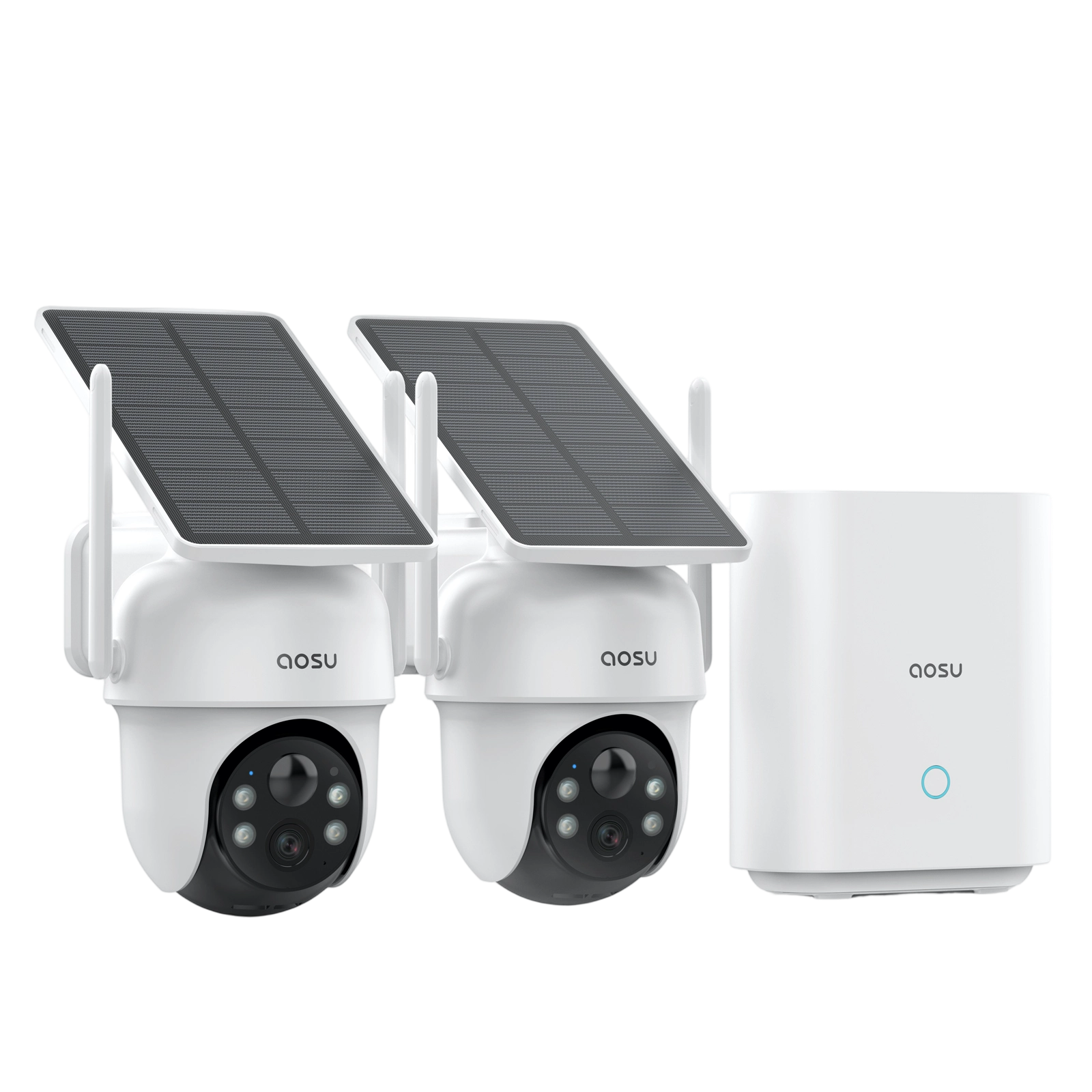
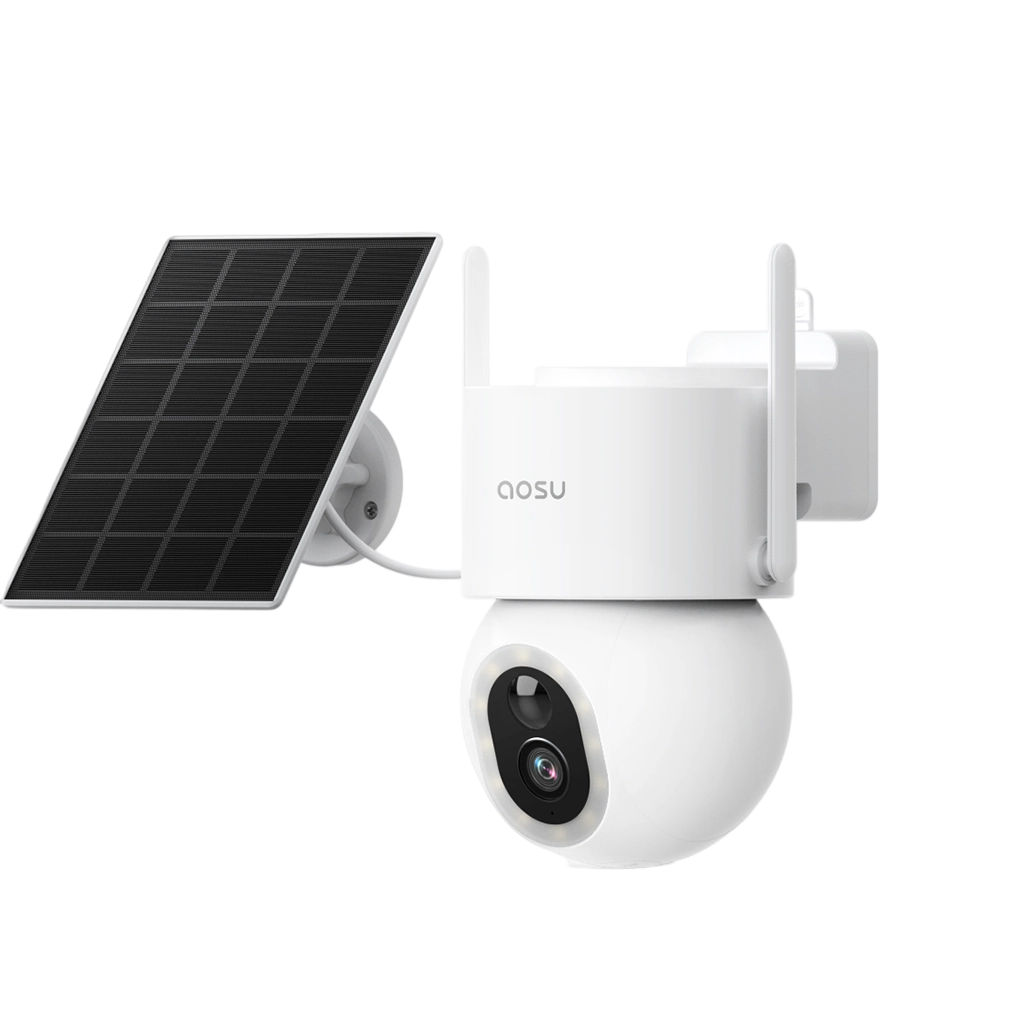
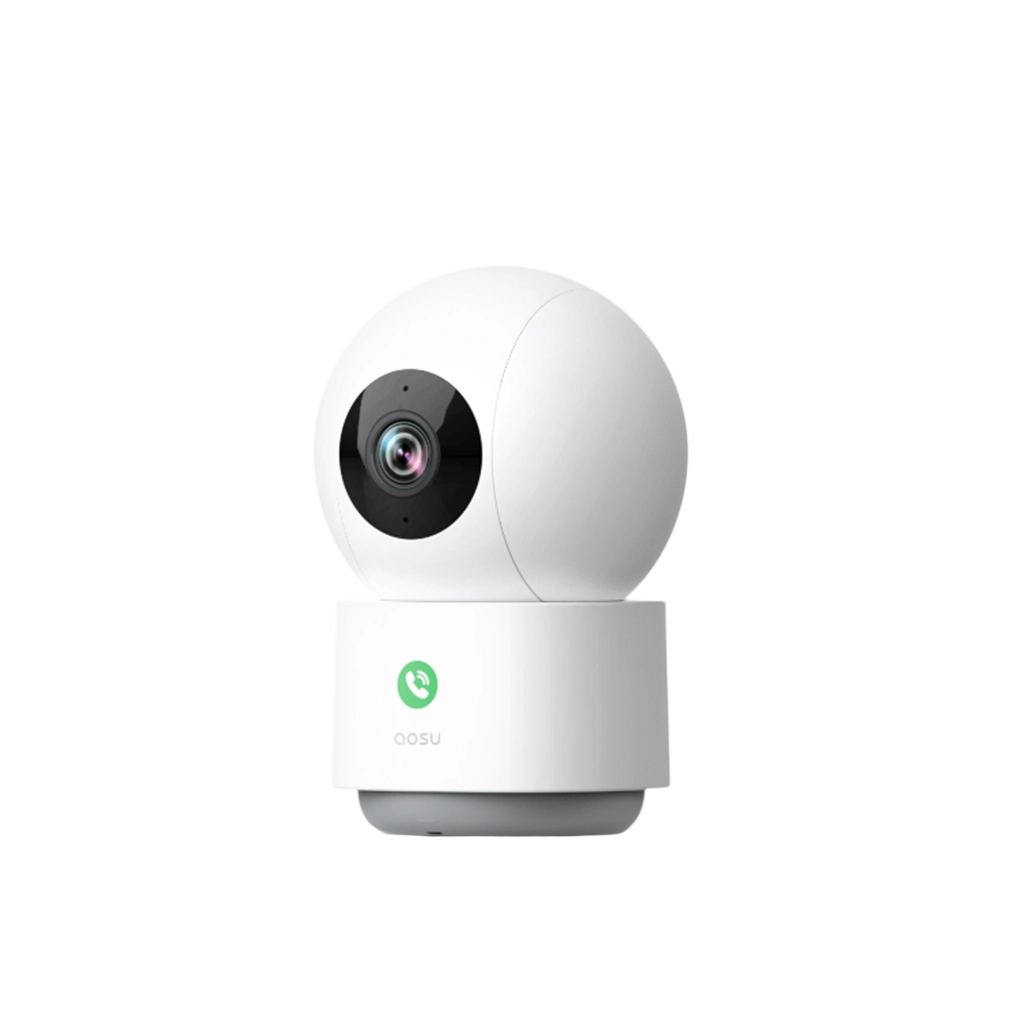
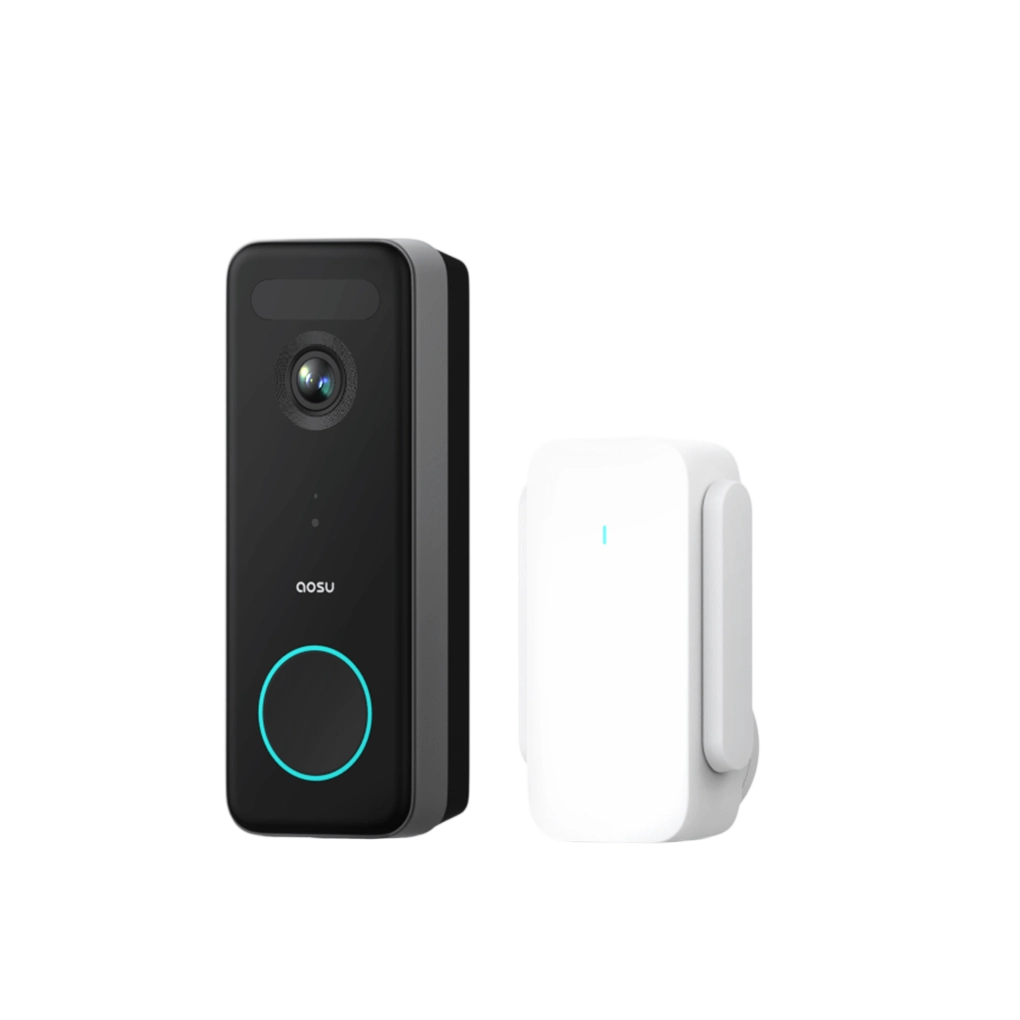
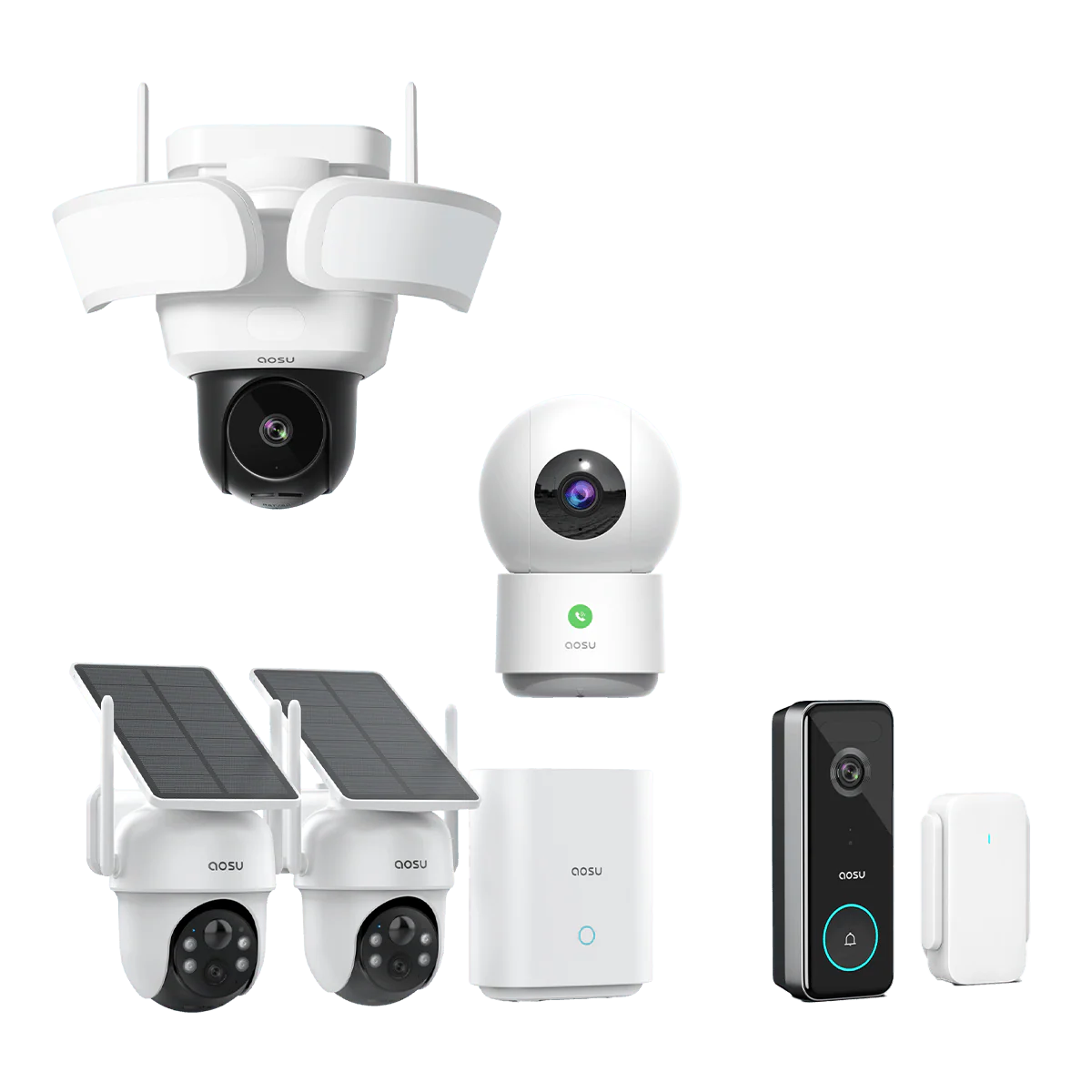
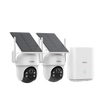
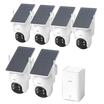
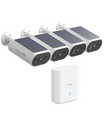


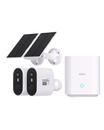
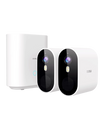
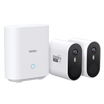
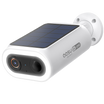
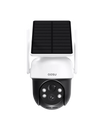
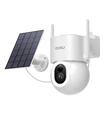
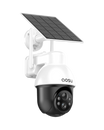
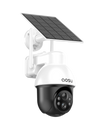
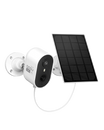
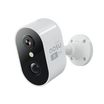
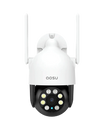
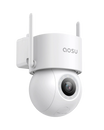
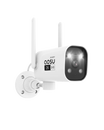
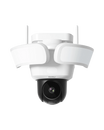
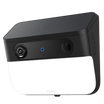
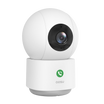

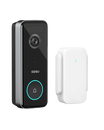
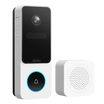
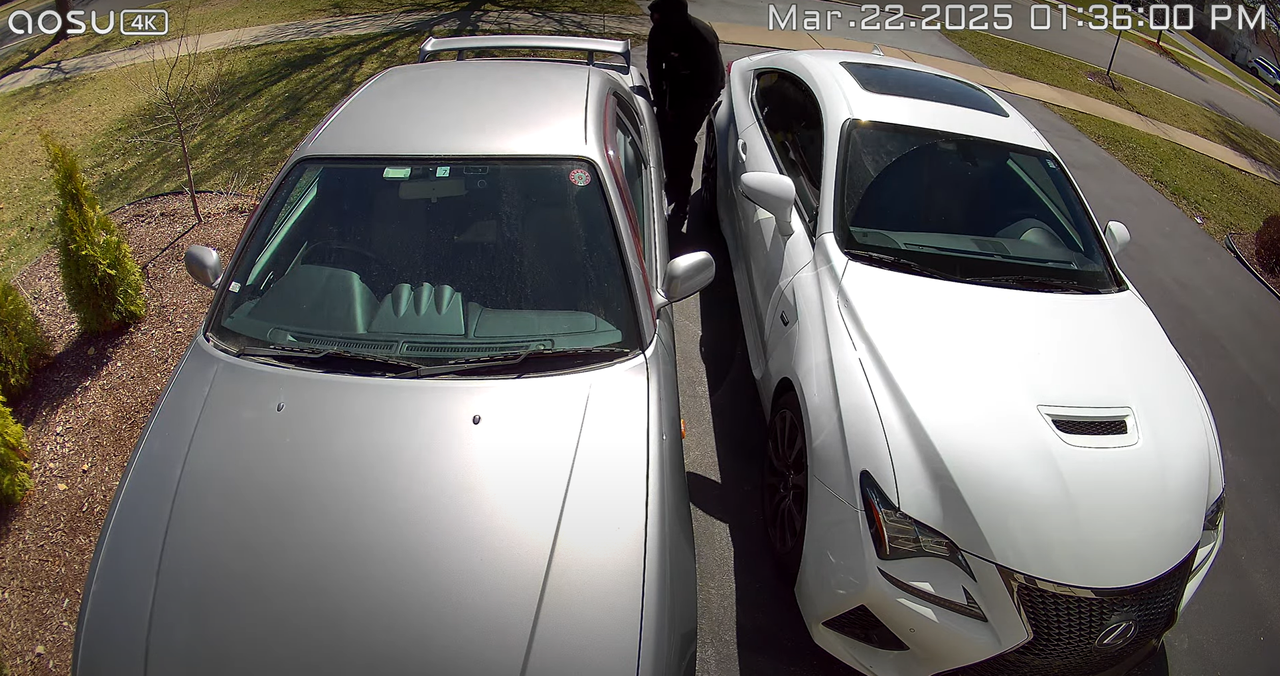
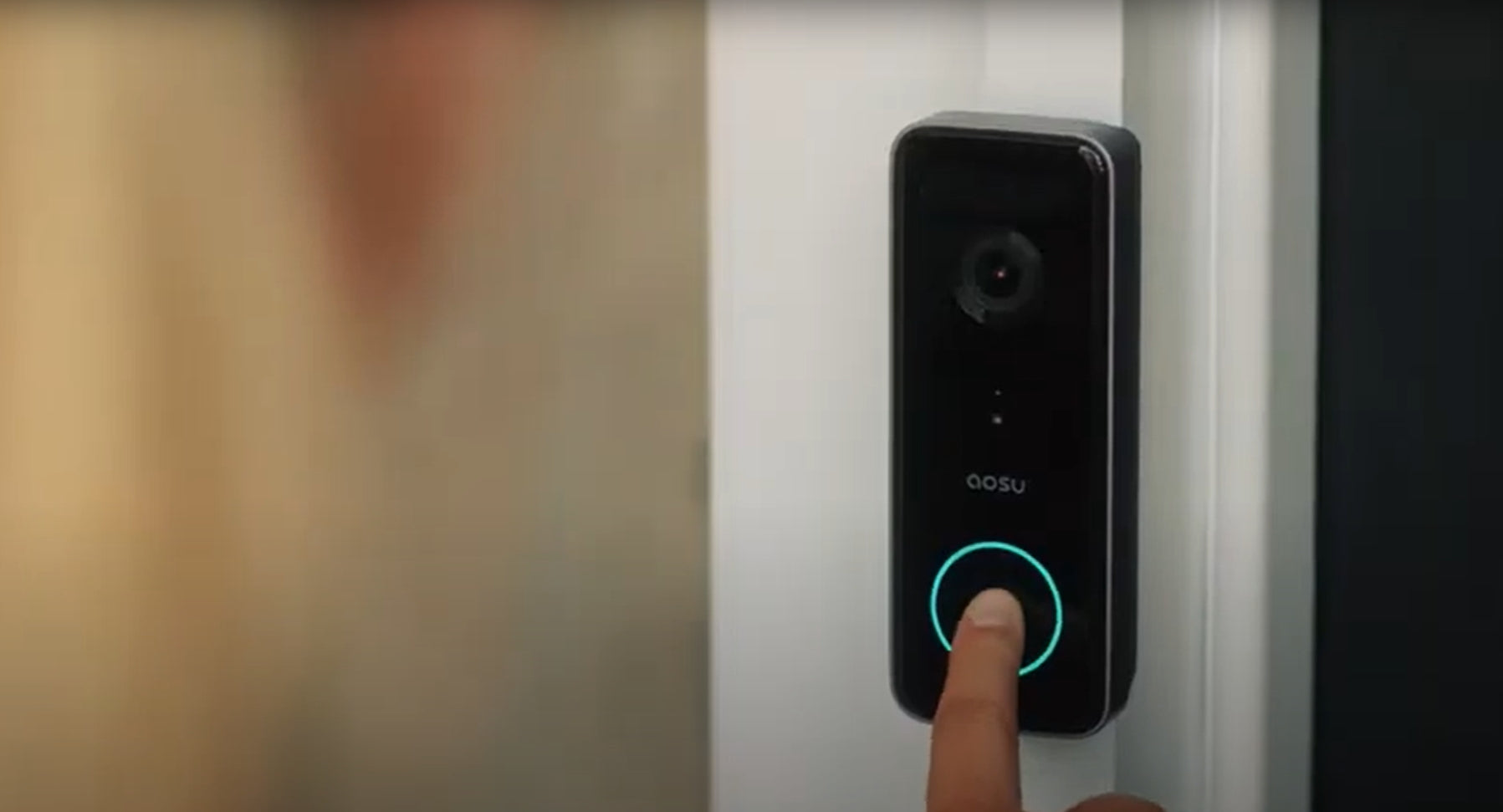
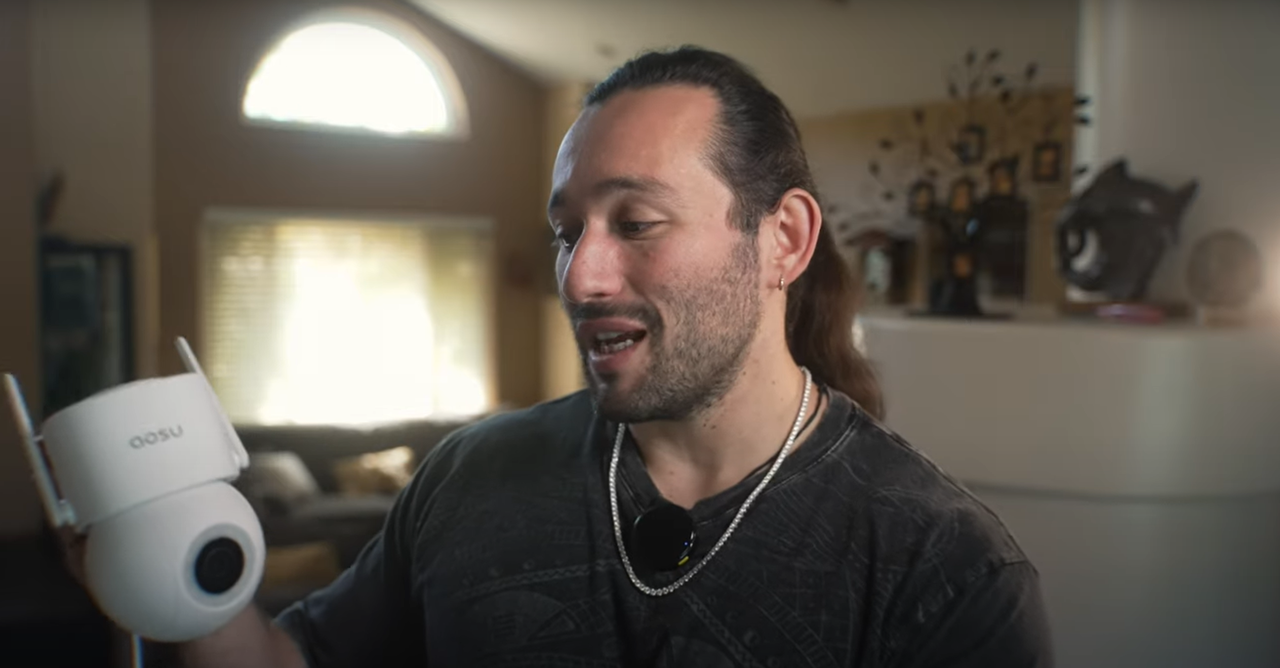

Leave a comment
This site is protected by hCaptcha and the hCaptcha Privacy Policy and Terms of Service apply.